Home>Gardening & Outdoor>Landscaping Ideas>How Long For Brown Grass To Turn Green
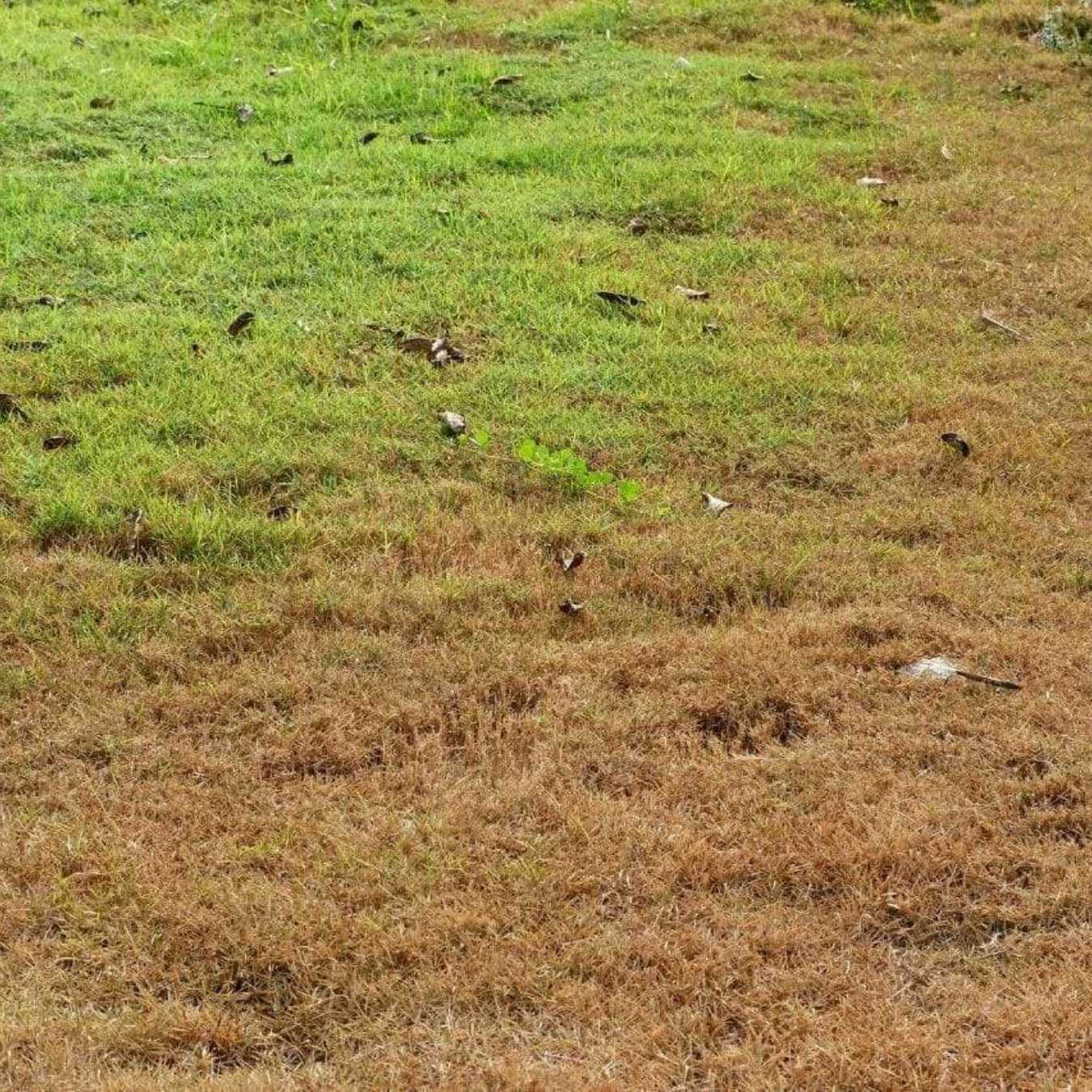

Landscaping Ideas
How Long For Brown Grass To Turn Green
Modified: March 29, 2024
Transform your brown grass into lush green with these effective landscaping ideas. Discover how long it takes for brown grass to turn green.
(Many of the links in this article redirect to a specific reviewed product. Your purchase of these products through affiliate links helps to generate commission for Storables.com, at no extra cost. Learn more)
Factors Affecting the Time It Takes for Brown Grass to Turn Green
Factors Affecting the Time It Takes for Brown Grass to Turn Green
When your once-lush green lawn starts to take on a brown hue, it's natural to wonder how long it will take for the grass to regain its verdant vitality. Several factors come into play when determining the timeline for brown grass to transform into a lush green carpet once again.
- Grass Type: Different grass species have varying growth rates and responses to environmental stress. For instance, cool-season grasses like fescue and bluegrass may rebound more quickly after turning brown compared to warm-season varieties such as Bermuda grass.
- Weather Conditions: The weather plays a pivotal role in the revival of brown grass. Adequate rainfall, moderate temperatures, and the right balance of sunlight are crucial for stimulating growth. In favorable conditions, the grass may recover more rapidly.
- Soil Health: The condition of the soil directly impacts the grass’s ability to bounce back. Nutrient-rich soil with proper aeration and pH levels can expedite the greening process, while compacted or nutrient-deficient soil may prolong the recovery period.
- Watering Practices: Consistent and appropriate watering is essential for rejuvenating brown grass. Deep, infrequent watering encourages robust root growth, aiding in the revival of the grass. Inadequate or excessive watering can impede the greening process.
- Presence of Disease or Pests: If brown grass is afflicted by disease or infested with pests, the recovery time can be significantly lengthened. Addressing these issues promptly is crucial for expediting the return of healthy, green grass.
Understanding these factors can provide valuable insights into the timeline for brown grass to transition back to its vibrant green state. By taking these elements into account, you can effectively support the rejuvenation of your lawn, helping it thrive once more.
Tips for Reviving Brown Grass
Key Takeaways:
- Factors affecting the time for brown grass to turn green include grass type, weather, soil health, watering, and pest presence. Understanding these factors can help your lawn recover more quickly.
- To revive brown grass, focus on proper watering, regular mowing, overseeding, soil aeration, fertilization, and addressing pest and disease issues. Professional help can also expedite the process and yield superior results.
Read more: How Long For Fertilizer To Turn Grass Green
Tips for Reviving Brown Grass
Witnessing your once-lush lawn succumb to a brownish tinge can be disheartening, but with the right approach, you can revive its former green glory. Here are some effective tips to breathe life back into your brown grass:
- Proper Watering: Ensure that your lawn receives adequate water, particularly during dry spells. Deep, infrequent watering is preferable as it encourages the development of robust root systems, aiding in the revival of brown grass.
- Regular Mowing: Adjust your mower to a higher setting to avoid stressing the grass further. Taller blades provide shade for the soil, helping to retain moisture and promoting the growth of healthy, green grass.
- Overseeding: Introduce new grass seed to thicken the lawn and fill in bare patches. Overseeding can help revitalize the lawn, contributing to a more uniform and vibrant green appearance.
- Soil Aeration: Aerating the soil alleviates compaction and enhances air, water, and nutrient penetration. This promotes a healthier root system, facilitating the recovery of brown grass.
- Appropriate Fertilization: Apply a high-quality, balanced fertilizer to replenish essential nutrients and support the grass’s recovery. However, it’s crucial to follow recommended application rates to avoid causing further stress to the lawn.
- Addressing Pest and Disease Issues: If pests or diseases are contributing to the browning of the grass, swift intervention is essential. Consult with a professional to identify and address these issues effectively.
By implementing these tips, you can play a proactive role in revitalizing your brown grass, nurturing it back to a lush, vibrant green. Patience and consistent care are key as you work towards restoring the natural beauty of your lawn.
Professional Help for Restoring Brown Grass to Green
Grass can take 1-3 weeks to turn green after it has turned brown. To help it recover, water deeply, mow high, and fertilize with a nitrogen-rich fertilizer.
Professional Help for Restoring Brown Grass to Green
While nurturing your lawn back to health is often achievable through DIY efforts, there are instances where seeking professional assistance can expedite the process and yield superior results. Professional lawn care services can provide invaluable support in restoring brown grass to a lush green state. Here’s how they can assist:
- Customized Treatment Plans: Lawn care professionals can assess the specific needs of your lawn and develop tailored treatment plans to address issues such as soil compaction, nutrient deficiencies, and pest infestations. These personalized approaches can significantly accelerate the greening process.
- Expertise in Disease and Pest Management: Identifying and effectively managing lawn diseases and pest infestations requires specialized knowledge. Professionals are equipped to diagnose these issues accurately and implement targeted solutions, preventing further damage to the grass.
- Advanced Equipment and Techniques: Professional lawn care providers utilize state-of-the-art equipment and proven techniques to aerate soil, apply fertilizers, and administer treatments with precision. This expertise and specialized equipment can enhance the effectiveness of the restoration process.
- Timely Maintenance and Monitoring: Engaging professional services ensures regular monitoring and maintenance of your lawn, allowing for prompt adjustments to the treatment plan as needed. This proactive approach can expedite the transition from brown to green grass.
- Access to High-Quality Products: Lawn care professionals have access to premium-grade fertilizers, soil conditioners, and pest control products that may not be readily available to homeowners. These superior products can contribute to more rapid and enduring results.
By enlisting the expertise of professional lawn care services, you can leverage their knowledge, resources, and experience to facilitate the swift and effective restoration of your brown grass to a vibrant green state. Collaborating with professionals can alleviate the burden of lawn care while ensuring that your lawn receives the best possible care for optimal rejuvenation.
Conclusion
Conclusion
Reviving brown grass and nurturing it back to a lush green state requires a combination of patience, attentive care, and, at times, professional intervention. By understanding the factors influencing the transition from brown to green grass, implementing effective revival strategies, and considering professional assistance when needed, you can set the stage for a vibrant and resilient lawn.
It’s essential to recognize that the type of grass, prevailing weather conditions, soil health, and watering practices all play pivotal roles in the greening process. Tailoring your approach to accommodate these factors can expedite the rejuvenation of your lawn.
Implementing proper watering techniques, regular mowing, overseeding, soil aeration, and appropriate fertilization are key components of reviving brown grass. Additionally, addressing pest and disease issues promptly is crucial for successful restoration.
While homeowners can make significant strides in restoring brown grass through DIY efforts, professional lawn care services offer a valuable support system. With their expertise, customized treatment plans, advanced equipment, and access to high-quality products, lawn care professionals can expedite the greening process and ensure long-term lawn health.
Ultimately, a holistic approach that encompasses an understanding of the underlying factors, proactive lawn care practices, and the option of professional assistance can lead to a vibrant, resilient, and visually appealing lawn. By embracing these strategies, you can look forward to the transformation of your brown grass into a thriving green oasis that enhances the beauty of your outdoor space.
Frequently Asked Questions about How Long For Brown Grass To Turn Green
Was this page helpful?
At Storables.com, we guarantee accurate and reliable information. Our content, validated by Expert Board Contributors, is crafted following stringent Editorial Policies. We're committed to providing you with well-researched, expert-backed insights for all your informational needs.
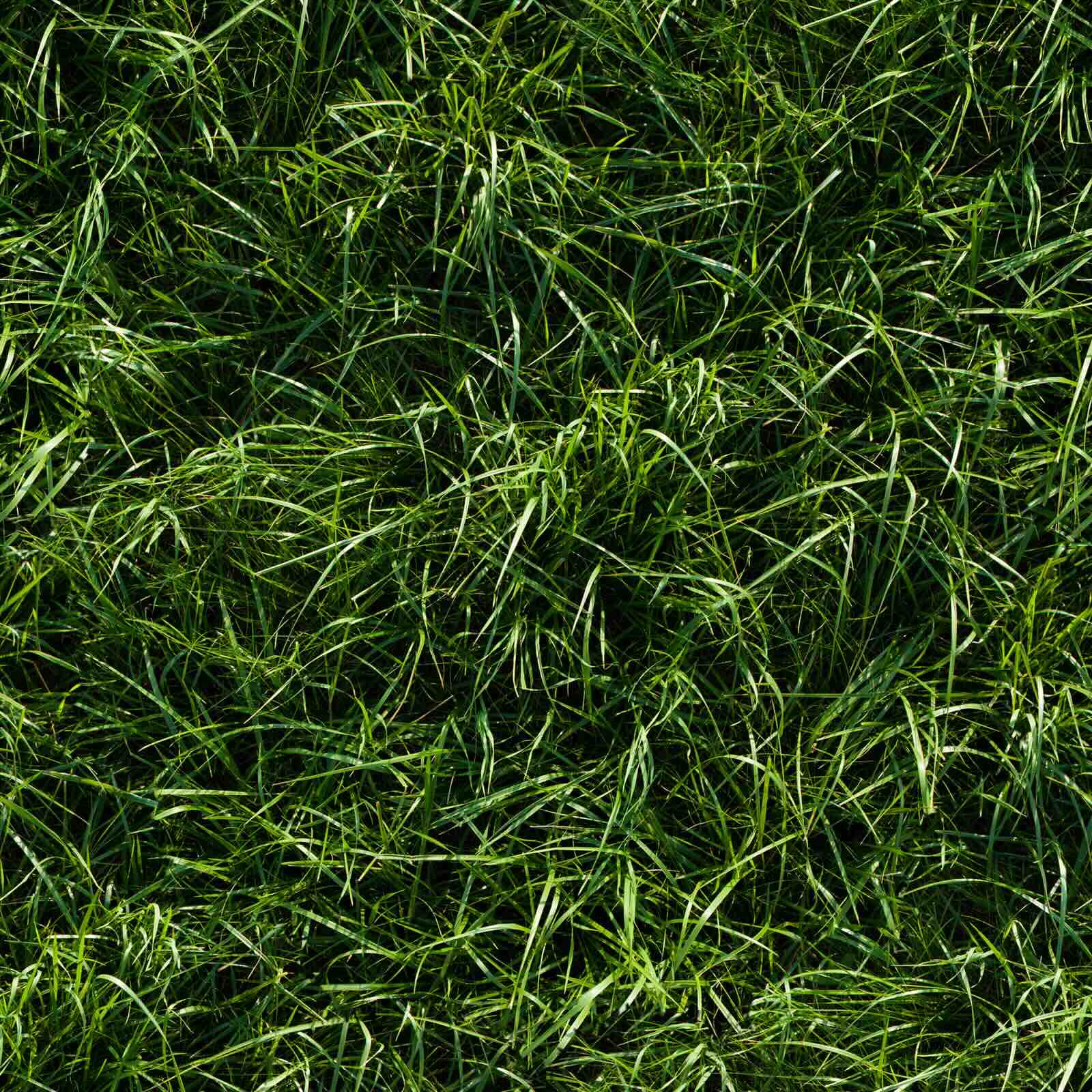
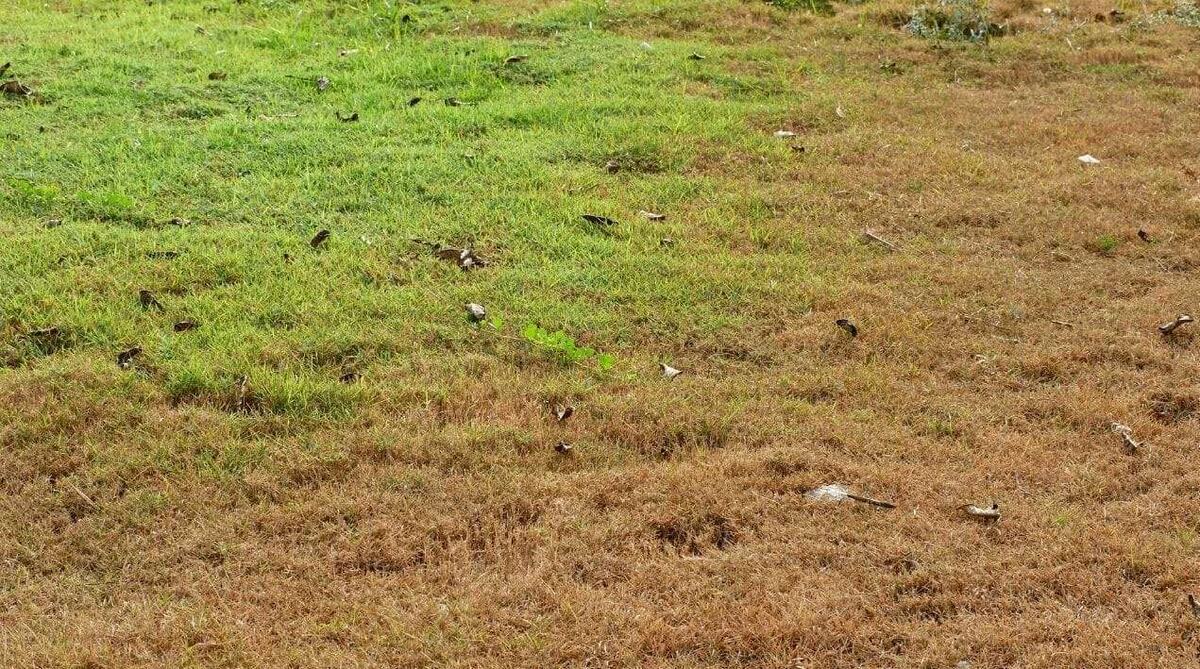
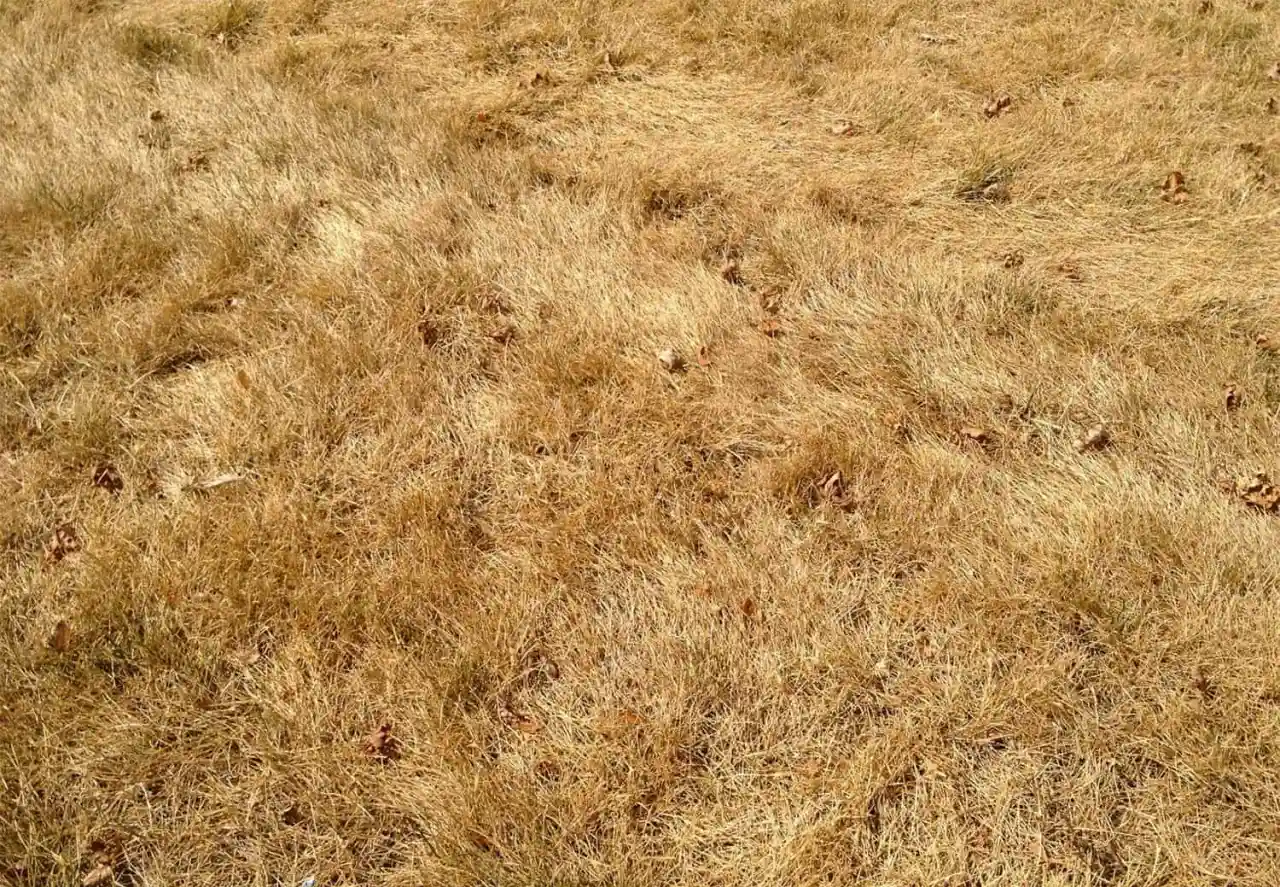
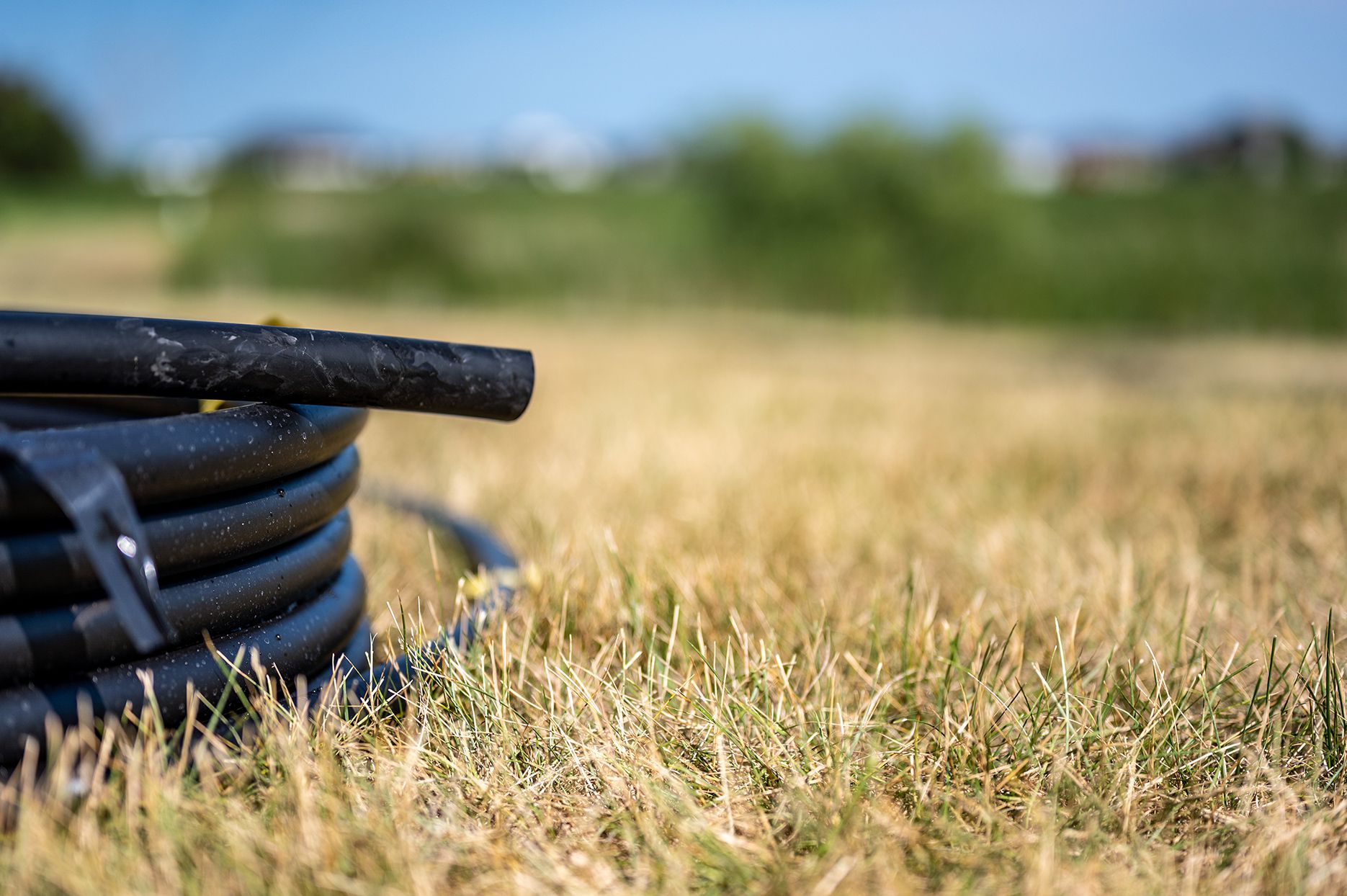
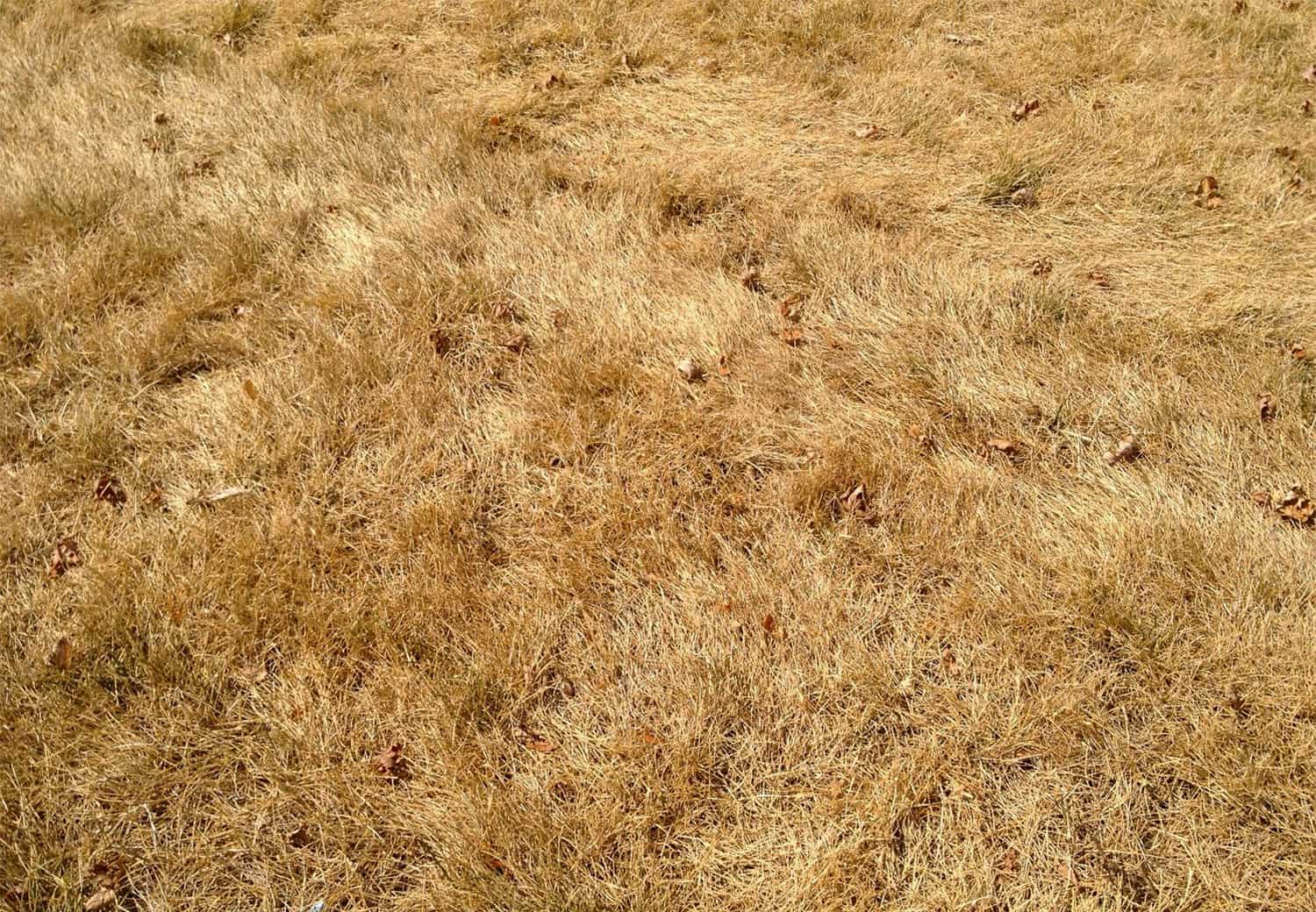
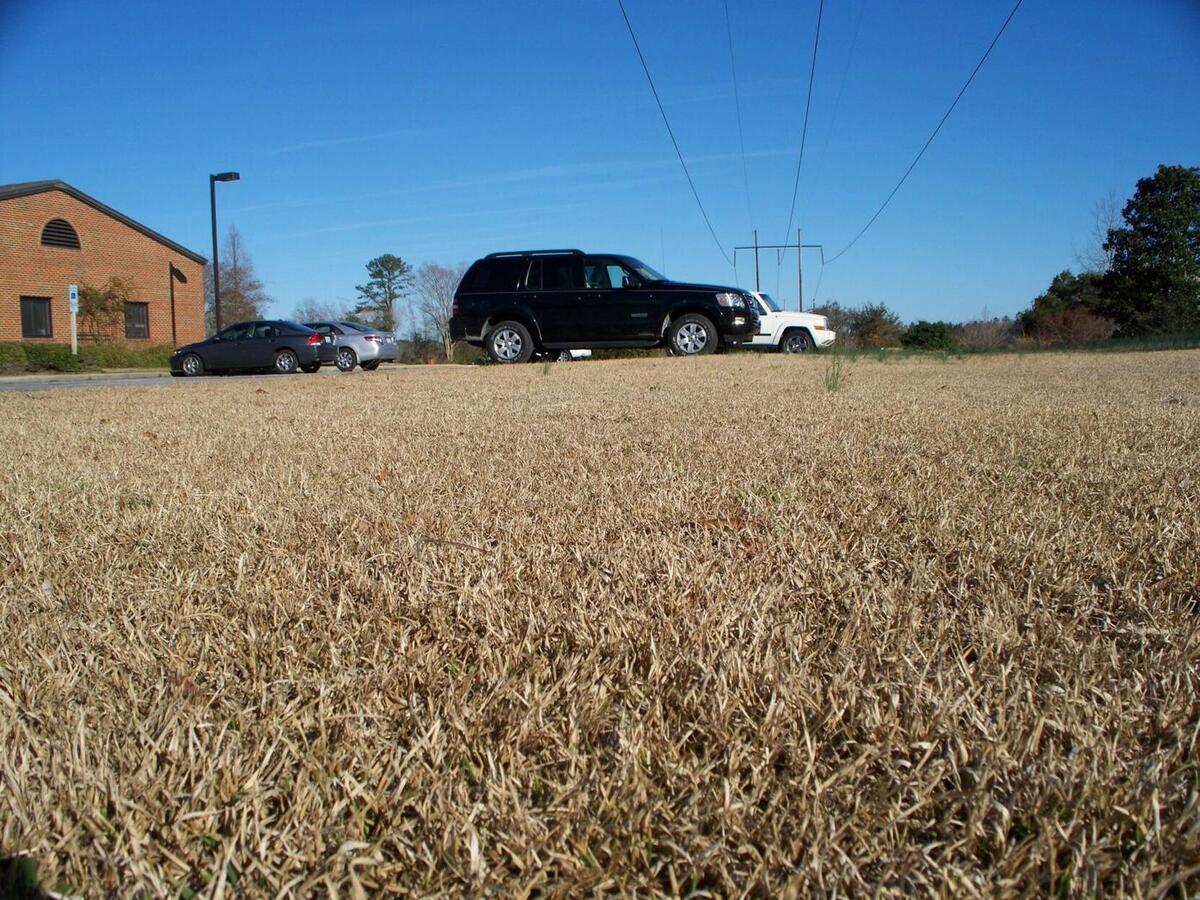
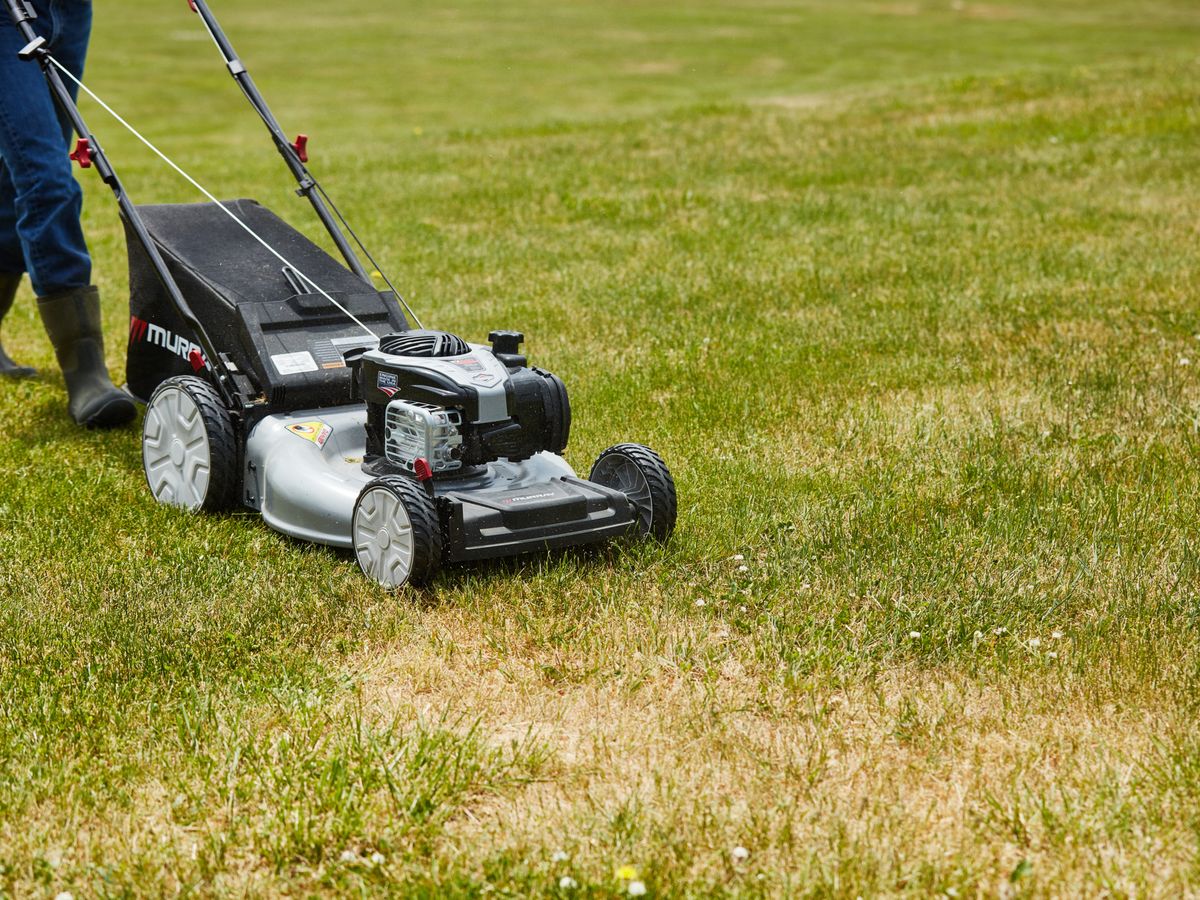
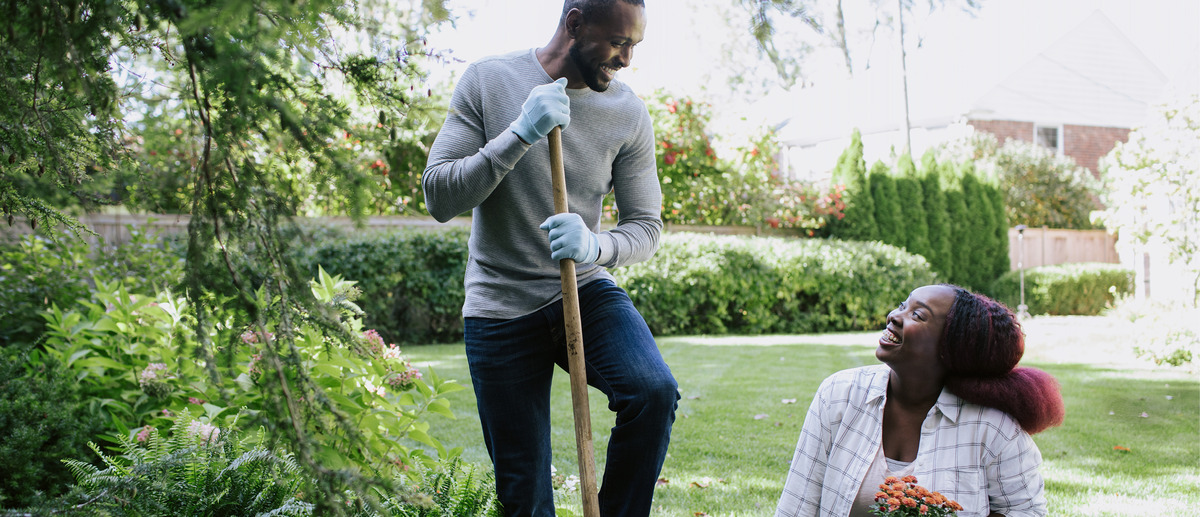

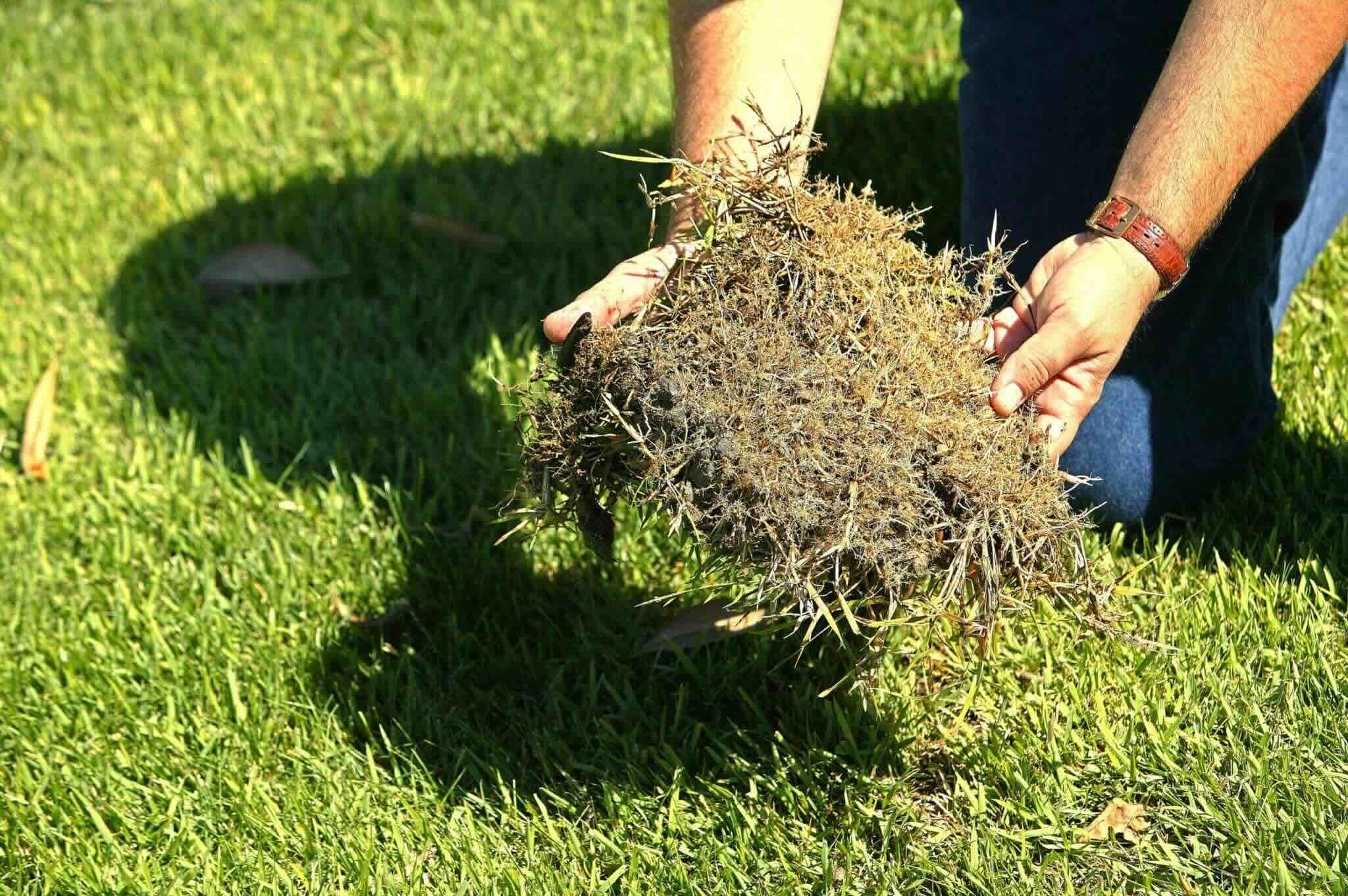

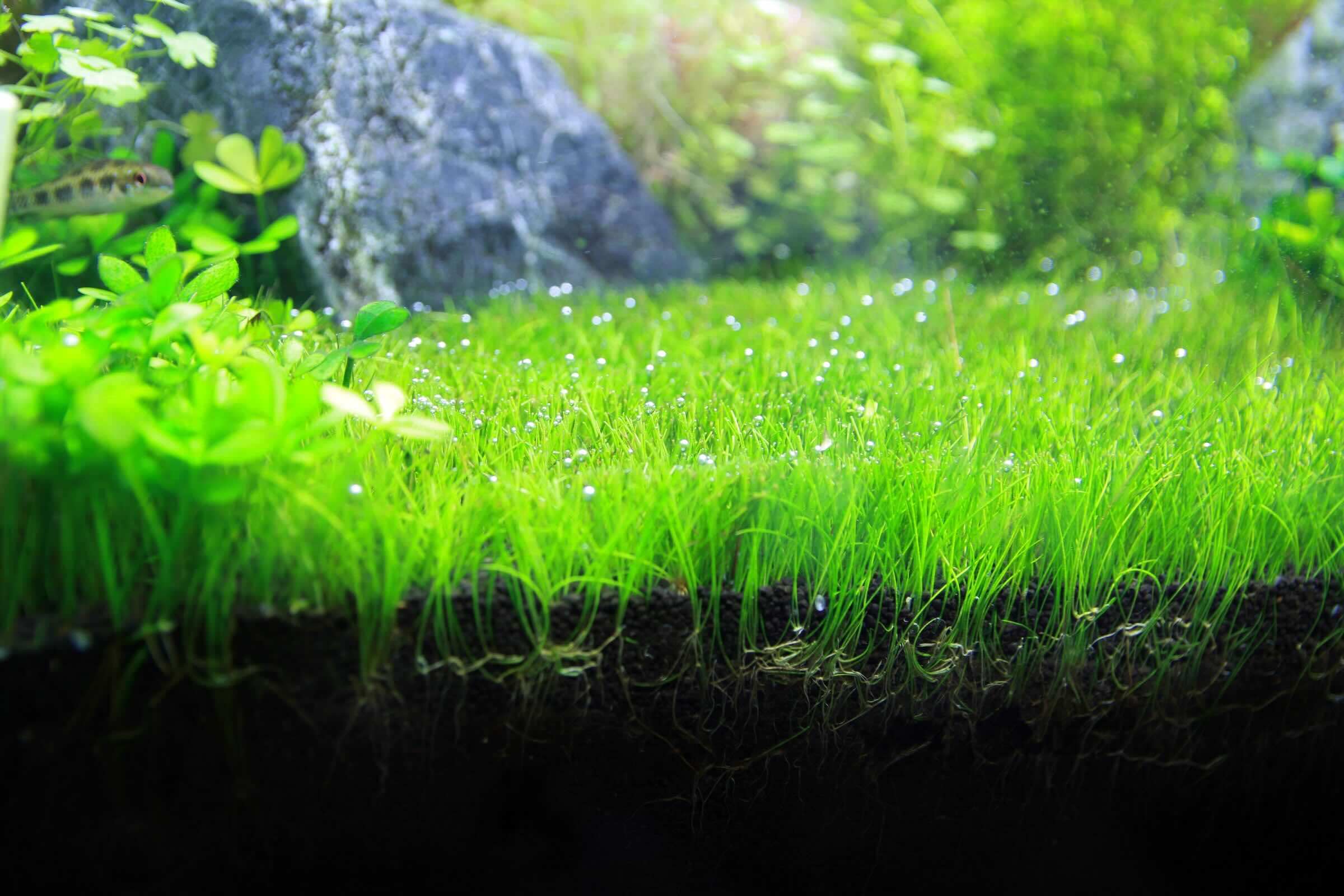
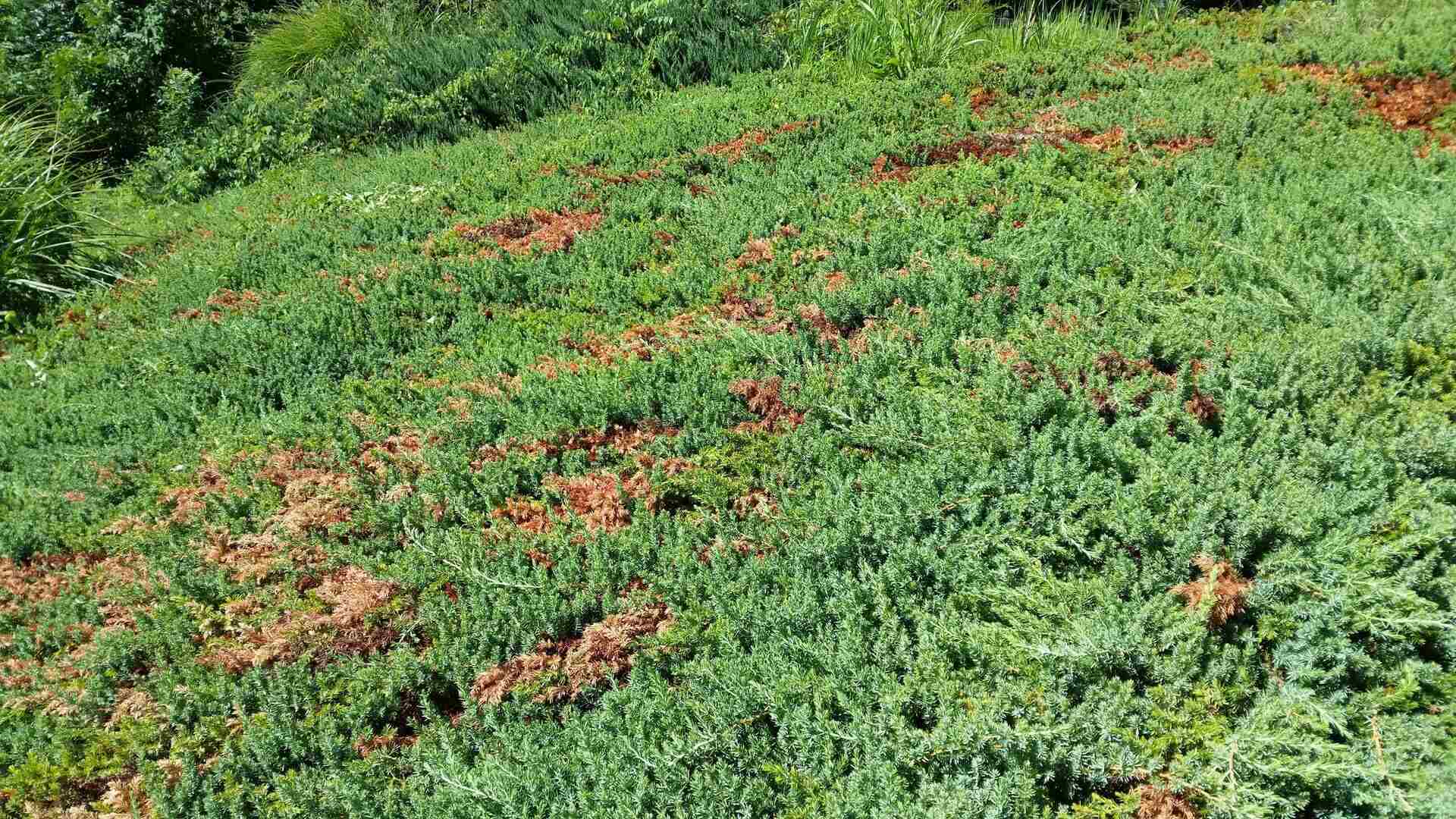
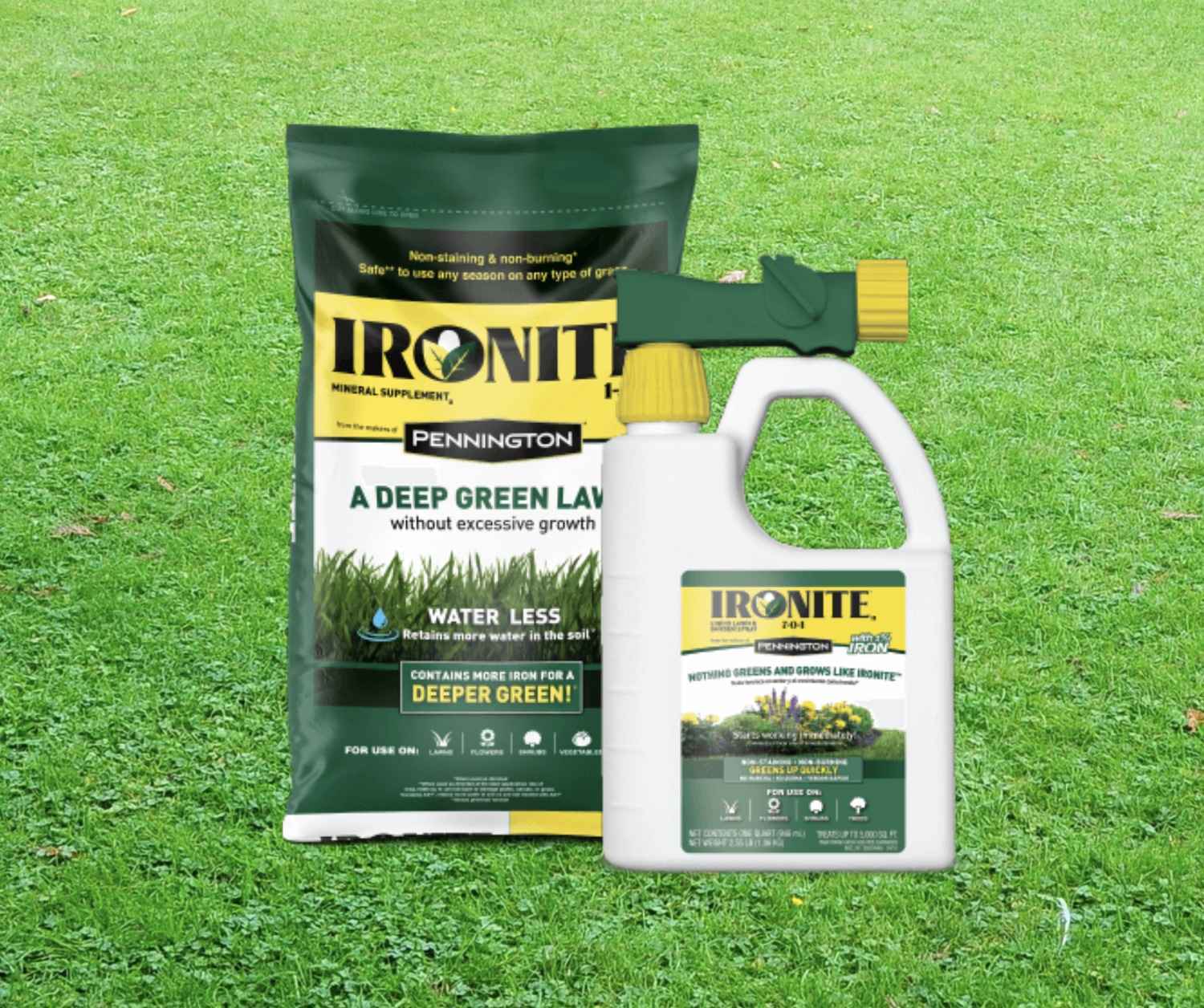
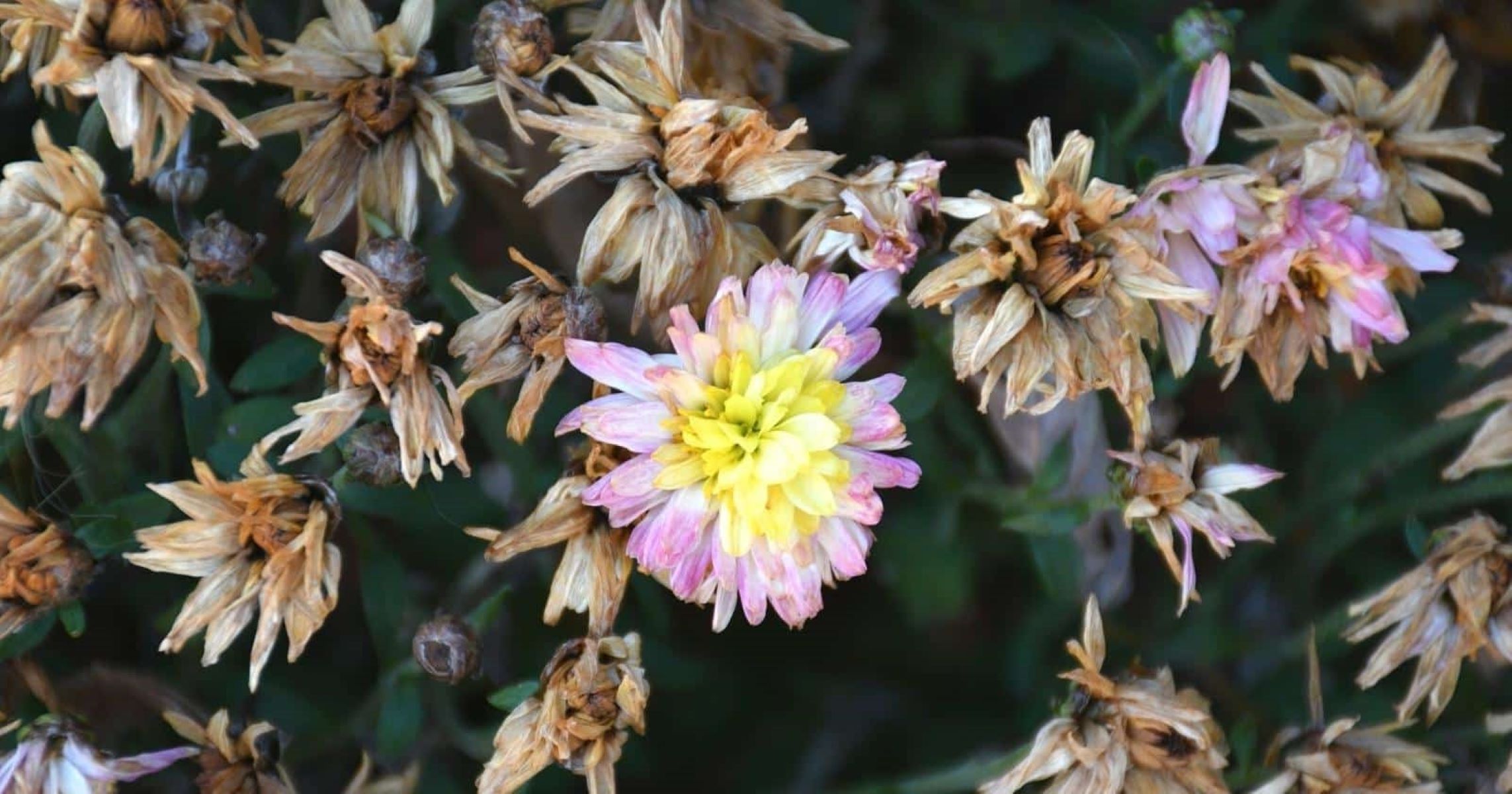

0 thoughts on “How Long For Brown Grass To Turn Green”